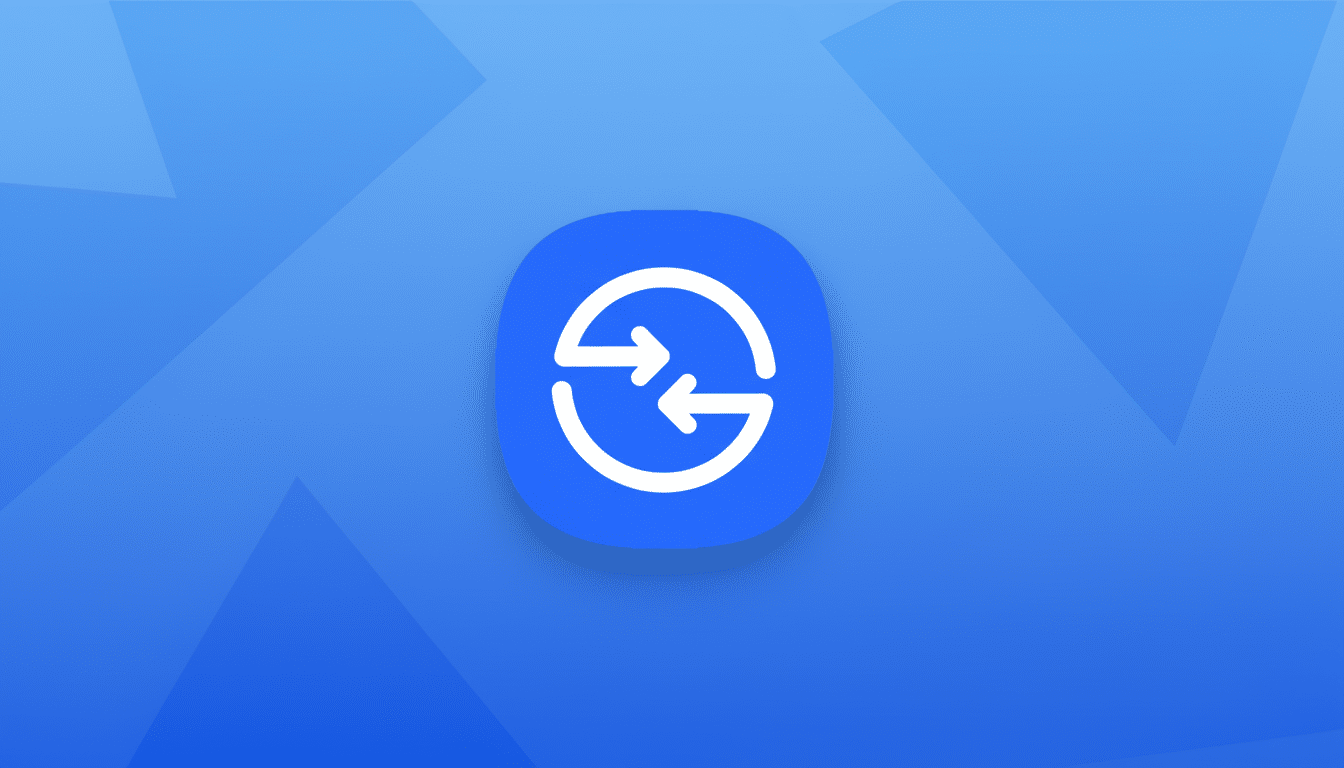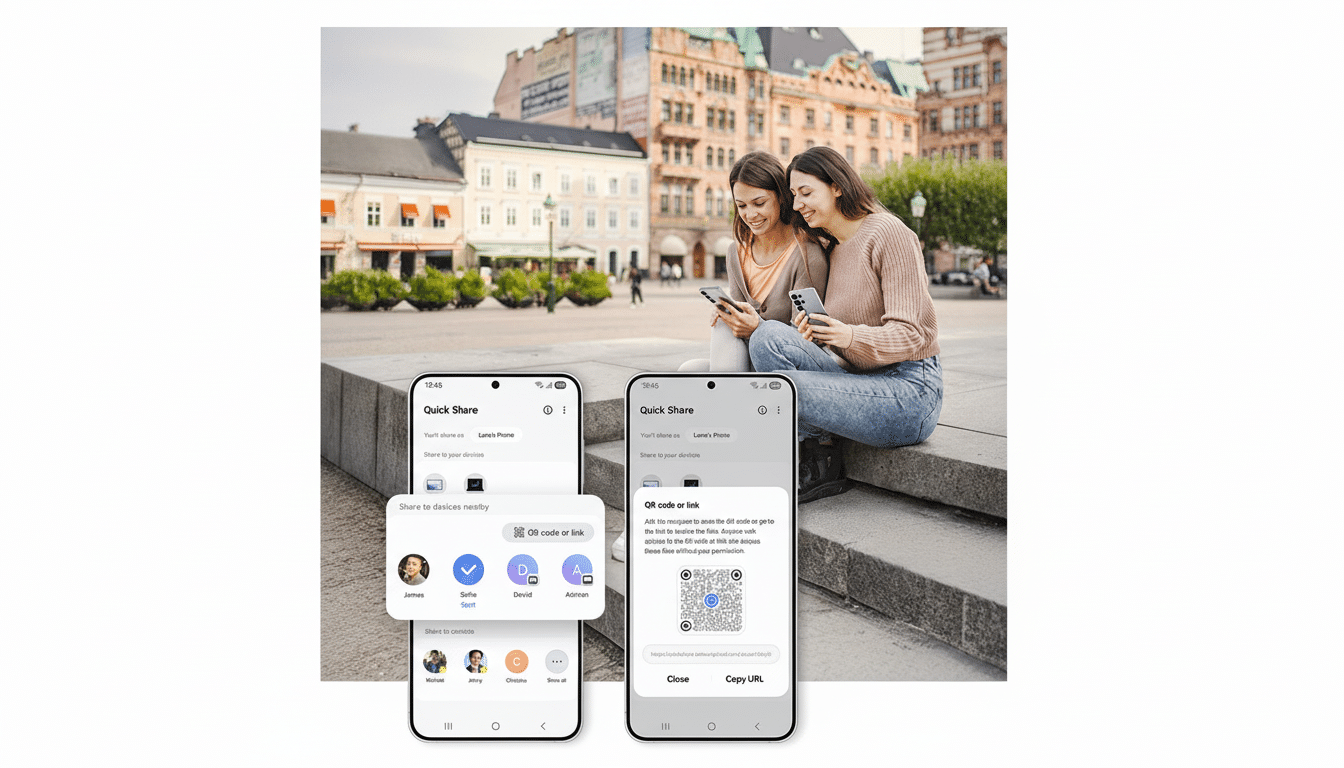Android and Apple phones can finally communicate for local file sharing. The first of these is coming to Pixel 10 devices for the first time, with further shares now receivable on iPhone, iPad, and Mac due to changes in eligibility.
Google said the feature was constructed with “strong privacy and security protections” and audited by third-party security experts. In reality that would keep devices private by default, with users’ required approval for any given download — upholding the consent model already at work in AirDrop or Quick Share today.

How Cross-Platform Quick Share Works with AirDrop
To send to an Apple device, the owner of the iPhone or iPad opens AirDrop settings and selects Everyone for 10 minutes. On a Mac, open the AirDrop in Finder and enable discovery for other devices nearby. On Android, you choose Quick Share, wait for the Apple device to slide in and then tap it; the recipient taps Accept on an AirDrop prompt.
Behind the scenes, discovery takes place over Bluetooth Low Energy, while the transfer itself happens over a fast peer-to-peer Wi‑Fi link. It doesn’t use cellular data, works without the internet and is usually faster than using messaging apps or cloud uploads when it comes to sharing photos, videos or large documents in person.
Availability and Rollout Across Android and Apple
The feature comes first for the Pixel 10 models, and wider availability is promised down the line. Google hasn’t published a specific schedule for older Pixel devices or partner Android phones just yet, but it typically eases Quick Share updates in through Google Play services as opposed to full system upgrades.
It is available on iPhone, iPad and macOS, adding to Quick Share’s already integrated support with Windows PCs. For mixed-device homes and offices, it closes one of the last few gaps in day-to-day local sharing.
Security and Privacy Considerations for Sharing
These cross-platform transfers are also governed by Apple’s Everyone for 10 minutes setting, which was introduced to curtail unwanted AirDrop spam. The ephemeral visibility window makes sure you’re discoverable only when you want to be discovered.
Google says it hopes to offer a Contacts Only experience on both platforms someday and is open to working with Apple to enable that. Until such time, the current combination of user prompts, small discovery windows and device-level toggles is a fairly acceptable trade-off between convenience and security.

Why This Cross-Platform Interoperability Matters
Android runs on more than 3 billion active devices around the world, Google says, while Apple says there are over 2.2 billion Apple devices in use. In families, classrooms, small newsrooms and little companies where there is overlap of this sort, just moving high-quality media without compressing the living hell out of it has been a pain.
Peer‑to‑peer transfers can shift multi-gigabyte videos in minutes, easily clocking tens of megabytes per second depending on hardware and distance. Which comes in handy when sharing 4K clips after a game, passing lossless audio in the studio, or grabbing photos at an event without depending on spotty venue Wi‑Fi.
Early Caveats and Tips for Smoother File Transfers
Bluetooth and Wi‑Fi must be enabled on both devices. The Apple device in question, however, requires the Everyone for 10 minutes setting to be active during the exchange of files and the other device has to accept a prompt. On your Mac, if discovery is sporadic, leave the AirDrop window open. And on Android, you need to have Quick Share enabled (from the share sheet or quick settings tile).
Big transfers like these can draw some power, so think about plugging in during long stints on the highway. If that doesn’t work, toggling Airplane Mode on and off or briefly turning off and then re‑enabling Bluetooth and Wi‑Fi on both ends frequently does the trick.
What to Watch Next as Quick Share Support Expands
So, key things to watch for:
- Growth beyond the Pixel 10 family
- More “Contacts Only” interoperability
- Refinements such as enablement of background discovery or that allow some kind of cross-Android/Apple history sharing
For now, the headline is pedestrian: after years of platform prisons, zero-effort local sharing across Android and Apple devices is finally a reality.

